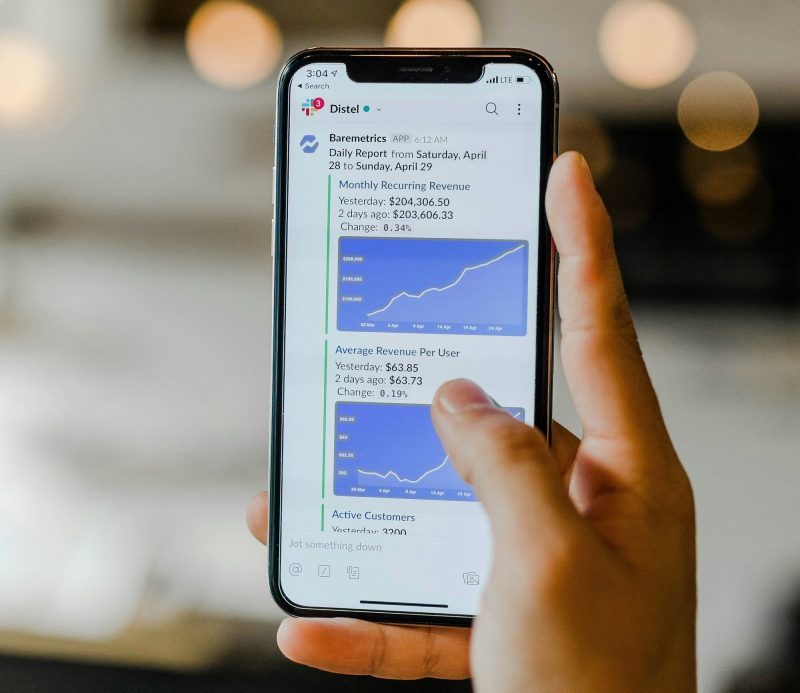
February 23, 2024
How To Monetize Your Mobile App
It’s gratifying to see your great idea for a mobile app come to life; it’s even more gratifying if you can generate revenue from its use. Considering that there are millions of apps in the popular app stores – Apple, Google Play, and Amazon Appstore – including many that are free, successfully monetizing your app may be challenging. Here are some things to consider when evaluating whether earning money from your app is feasible.
Evaluating Your App’s Appeal and Monetization Prospects
As with any product, a successful app will deliver something the consumer wants, whether it’s entertainment, convenience, or solving a pain point. As technology has improved, many apps created a “need” consumers didn’t know they had, providing services and conveniences that have become so entrenched in the user experience that we can’t image what we’d do without them: gasoline apps find the least expensive gas prices in a neighborhood; music apps collate playlists based on personal preferences; GPS-based apps can track our movements and make us feel safer when we’re venturing out alone by sending notifications to pre-selected individuals.
Whether someone will be willing to pay for your app is in part determined by the strength of your app’s appeal. Keep in mind that the “payment” may be measured differently to a user. For example, an app that saves users money through finding discounts, provides rewards, saves time or grants peace of mind can be more important than a direct out-of-pocket payment or the inconvenience of embedded advertising.


Do-It-Yourself Research
Assuming you don’t have the budget of a large research firm to conduct sophisticated research to gauge the viability of your app idea or beta testing, there are still some simple measures you can take to gain valuable feedback.
Targeted User Groups
If you belong to social media groups, create polls or group chats to gauge how likely your target user would pay for certain features, whether ads would be prohibitively intrusive, what features would be most important, what other solutions exist that they use, and how existing apps are deficient. While today there are some budget-friendly options for more in-depth and precise surveys, carefully targeting these communities can often arm you with enough information to assess the merit of your idea, a user’s willingness to pay for it, and how much they would be willing to pay.
If you decide to move forward with your app idea, you can use these same groups as testers.
Research Competitors
Regardless of how unique you think your idea is, odds are there is some competition out there. Start with search engine queries as a starting point, AI tools such as ChatGPT and of course, the popular app stores.
You can also peruse start up directories, such as the Y Combinator startup list, Product Hunt, and AppSumo.
These searches will also help you tally how many in your space are fee-based compared to free. If there are several free versions, think carefully about what you offer that could convince a potential customer your version is better.


Revenue Models
- Subscription-based. Users pay to use your app. You can set your subscription to be paid at regular intervals, such as monthly or annually.
- “Freemium.” You can offer a free version with limited features, and a fee-based version to unlock additional features. You can also offer different levels of a paid version based on what features the user desires, or have them pay per use. It all depends on what makes the most sense based on your app and any feedback you’ve gathered.
- On-Off Fee. User pays for download or installation only. You can either charge later for upgrades or offer free upgrades.
- Free, or ad-based. A no-cost use model for the user while you make revenue from ads that are displayed while the app is in use. In addition to possibly degrading the user experience, this model can also fall prey to ad blockers, leading to additional frustration (and less revenue for you).
- Trial-to-Subscription. You can offer your app for free during a “trial period,” with the condition that the user agrees to a payment model after that prescribed time period. This allows the user to experience all the features and gauge your app’s value to them.
You’re Moving Forward – Now What?
If your research and due diligence convinces you that you should move forward with your mobile app, congratulations! Now, be sure to check out this previous Insight on protecting your app idea and technical development. And remember, at Flint Hills Group, we work with many talented entrepreneurs who need help bringing their idea to life with mobile app development. Our experienced group of software developers have helped for both solo entrepreneurs and heavy-hitting companies with mobile app development, creating added value for the end user: your customer.
Karen S. Johnson
Technology Enthusiast
Karen S. Johnson is a freelance writer, public relations consultant and technology enthusiast who traded farm life in North Dakota for a smaller-scale farm outside of Waco, Texas. When not writing articles and crafting messaging strategies for technology clients, Karen can usually be found jumping her horses around her 20-acre farm or watching the spectacular sunsets with her husband, dogs and cats.




Karen S Johnson
Technology Enthusiast
Karen S. Johnson is a freelance writer, public relations consultant and technology enthusiast who traded farm life in North Dakota for a smaller-scale farm outside of Waco, Texas. When not writing articles and crafting messaging strategies for technology clients, Karen can usually be found jumping her horses around her 20-acre farm or watching the spectacular sunsets with her husband, dogs and cats.

